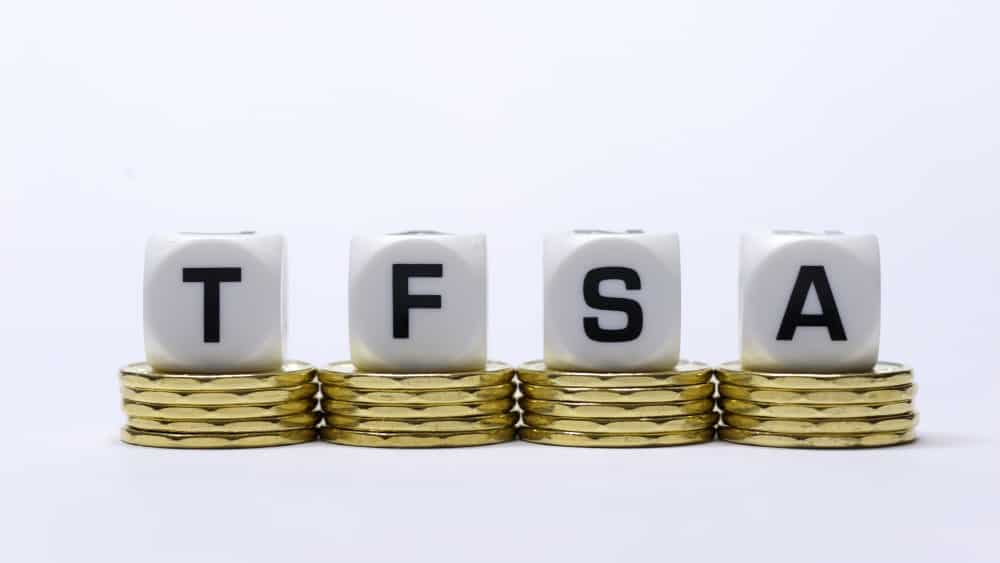
TFSA TRAPS: COMMON MISTAKES THAT CAN COST YOU THOUSANDS
A Tax-Free Savings Account (TFSA) helps accountholders build wealth over time, primarily; and save for big spending in the short term, secondly. You can achieve both objectives easily because money growth in a TFSA is tax-free.
Unfortunately, some users miss out on maximizing the tax-free features due to mistakes, commonly on contributions, withdrawals, and utilization. Â If repeated, these TFSA mistakes can be costly and run up to thousands. The following are some miscues, unintentional and deliberate, by users.
1. Not keeping track of contribution limits or available contribution room
The CRA sets annual dollar limits for the TFSA, and the golden rule is to stay with it and not overcontribute. A user pays a penalty tax per month equivalent to 1% of the âexcess TFSA amountâ or overcontribution. Your remedy in this instance is to pull out or withdraw the excess amount immediately.
Keep track of your contributions within a year. If unsure of your available contribution room, visit the CRA website to access your âMy Accountâ information.
2. Withdrawing and returning funds in the same year
Some TFSA users must remember that withdrawing funds and returning or depositing the same amount in the same year is an overcontribution. Be mindful that any amount withdrawn isnât a deduction from your limit but forms part of the following yearâs limit. As much as possible, leave income-producing assets intact and allow the capital to grow tax-free.
3. Day trading
The buying and selling of stocks or day trading to make quick profits raises red flags with the CRA. The tax agency will treat income (dividends, interest, gains) from active, frequent trading as business income, subject to regular taxation. As mentioned earlier, the TFSA isnât a regular savings account but a wealth-builder.
No contribution deadline
The TFSA is ideal for long-term investors and retirees throughout the sunset years. Besides the tax-free features, thereâs no deadline for contributions unlike the Registered Retirement Savings Plan (RRSP). Because there is a fresh limit in January, you can purchase more income-producing assets like dividend stocks yearly and hold them in your TFSA.
Anchor stock in a TFSA
The National Bank of Canada (TSX:NA) is also a good anchor stock for TFSA investors. This $33.9 billion bank doesnât pay the highest dividend in the market, but the 4.23% yield is safe and at par with the industry average. If you need faster compounding of your TFSA balance, reinvest the quarterly dividends.
Canadaâs sixth-largest bank has outperformed its larger peers in the last 10 years. At $100.13 per share, you get peace of mind and unhampered quarterly income. In fiscal 2023, net income declined by 1% to $3.3 billion versus fiscal 2022, although it rose 4% year over year to $768 million in Q4 fiscal 2023 compared to Q4 fiscal 2022.
Its President and CEO, Laurent Ferreira, said the bank will maintain a defensive posture in 2024 as long as the outlook for economic growth is challenging. However, he is confident about NAâs earnings power due to a diversified business mix and the ability to create sustainable long-term shareholder value.
Familiarity and compliance
The Canada Revenue Agency (CRA) expects TFSA users, particularly investors, to be familiar with the rules and comply to be problem-free.
The post TFSA Traps: Common Mistakes That Can Cost You Thousands appeared first on The Motley Fool Canada.
Should You Invest $1,000 In National Bank of Canada?
Before you consider National Bank of Canada, you’ll want to hear this.
Our market-beating analyst team just revealed what they believe are the 10 best starter stocks for investors to buy in 2024… and National Bank of Canada wasn’t on the list.
The online investing service they’ve run for a decade, Motley Fool Stock Advisor Canada, is beating the TSX by 32 percentage points. And right now, they think there are 10 stocks that are better buys.
Get Our 10 Starter Stocks Today
* Returns as of 12/22/23
More reading
- 2 Stocks in Shining Armour to Increase Your Wealth for Years
- 2 Stocks That Could Turn $10,000 Into $18,020 by 2029
- 2 Top Dividend Stocks You Can Buy and Hold Forever
- Growth-to-Value Rotation? 2 Top Income Stocks That Could Rise in 2024
- How Much Cash Do You Need to Stop Work and Live Off Dividends?
Fool contributor Christopher Liew has no position in any of the stocks mentioned. The Motley Fool has no position in any of the stocks mentioned. The Motley Fool has a disclosure policy.
2024-01-24T21:31:51Z dg43tfdfdgfd